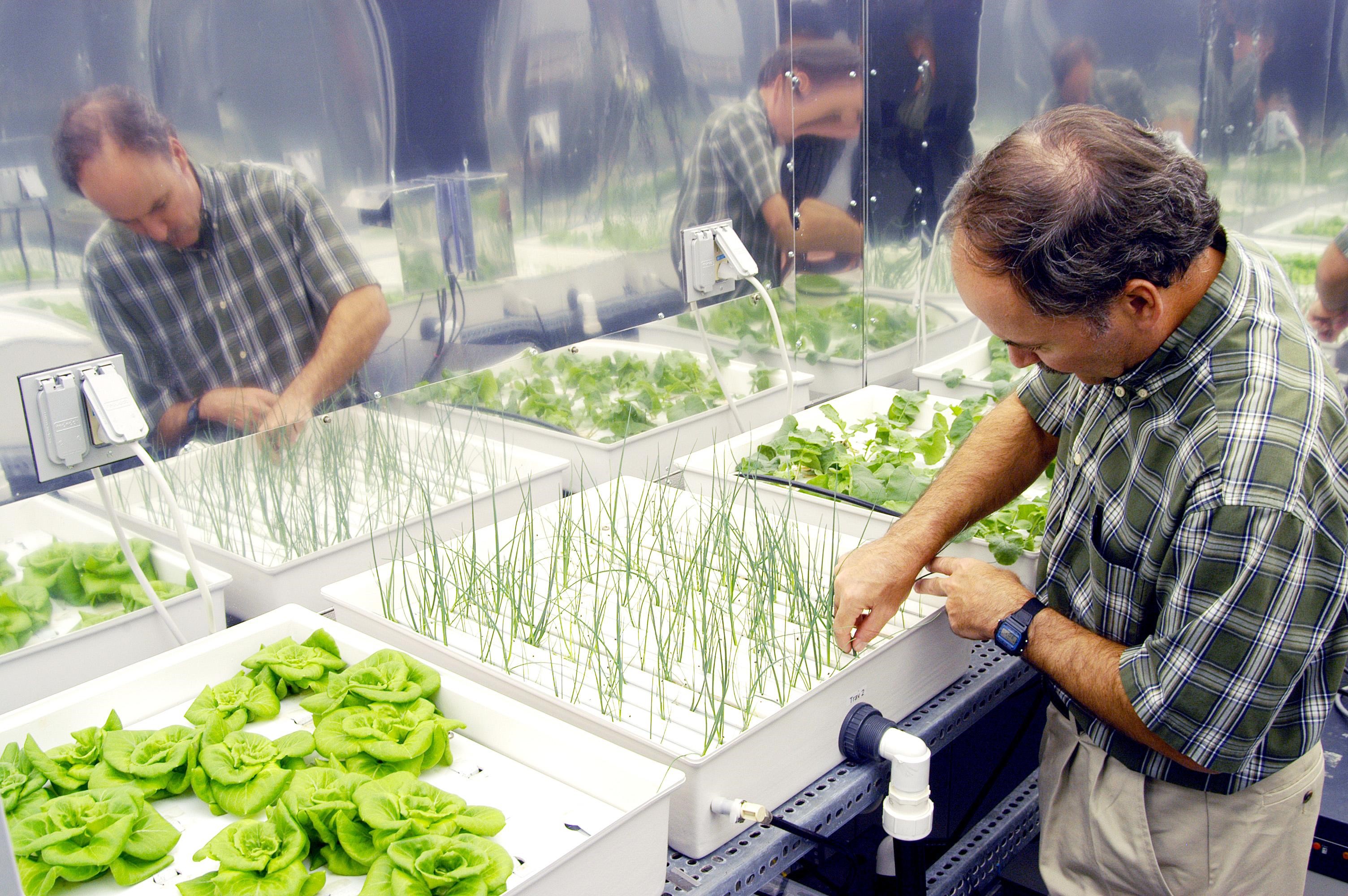Growing indoor cannabis 101
- Introduction to Cannabis Cultivation
- Understanding Hydroponics
- Seed Germination and Cloning
- Water Quality Management
- Optimizing Growth Environments
- Pest and Disease Management
- Harvesting and Curing
- Safety and Security Issues
- Business and Marketing Strategies
- Ethics and Responsibility
- Practical Applications & Case Studies
- Review and Self-Evaluation
- Final Project & Peer Review
Water Quality Management
Water Quality Monitoring and Troubleshooting in Hydroponic Cannabis Cultivation

Agricultural technics for growing plants without soil using nutrients in water.
In hydroponic cannabis cultivation, maintaining optimal water quality is crucial for the health and productivity of your plants. This involves regular monitoring and adjustments of water parameters, as well as troubleshooting common water quality issues. This article will guide you through these processes.
Tools for Monitoring Water Quality
To effectively monitor water quality, you'll need a few essential tools:
-
pH meters: These devices measure the acidity or alkalinity of your water. A pH meter is essential because the pH level of your water can significantly impact nutrient availability and uptake.
-
EC meters: Electrical Conductivity (EC) meters measure the amount of dissolved salts in your water, which is an indicator of nutrient concentration. Maintaining the right EC level ensures your plants are getting the right amount of nutrients.
-
Test kits: These can be used to test for specific nutrients or other water parameters. They can be particularly useful if you suspect a nutrient deficiency or toxicity.
Regular Monitoring and Adjustments
Regular monitoring of your water quality is essential in hydroponics. Ideally, you should check your pH and EC levels daily. This will allow you to catch any potential issues early before they can significantly impact your plants.
If you find that your pH or EC levels are out of the optimal range, you'll need to make adjustments. This usually involves adding pH up or down solutions or adjusting your nutrient solution.
Understanding and Managing Nutrient Lockout
Nutrient lockout is a common issue in hydroponics. It occurs when the pH level of your water is too high or too low, preventing your plants from absorbing certain nutrients.
Symptoms of nutrient lockout can vary but often include yellowing leaves, stunted growth, and poor overall plant health. If you suspect nutrient lockout, the first step is to check your pH and EC levels. If your pH is out of the optimal range (typically 5.5 to 6.5 for hydroponics), you'll need to adjust it. If your EC is too high, you may need to dilute your nutrient solution.
Troubleshooting Common Water Quality Issues
In addition to nutrient lockout, there are several other common water quality issues you may encounter in hydroponics:
-
Algae: Algae thrive in nutrient-rich, light-exposed water. They can clog your system and compete with your plants for nutrients. To prevent algae, keep your nutrient solution covered and clean your system regularly.
-
pH imbalances: If your pH is consistently too high or too low, it could be due to the quality of your water source or the type of nutrients you're using. You may need to switch to a different water source or nutrient brand.
-
Nutrient burn: This occurs when your nutrient concentration is too high. Symptoms include brown, crispy leaf tips. If you suspect nutrient burn, check your EC levels and dilute your nutrient solution if necessary.
By understanding these issues and how to troubleshoot them, you can maintain optimal water quality in your hydroponic cannabis cultivation system. This will help ensure your plants are healthy and productive.